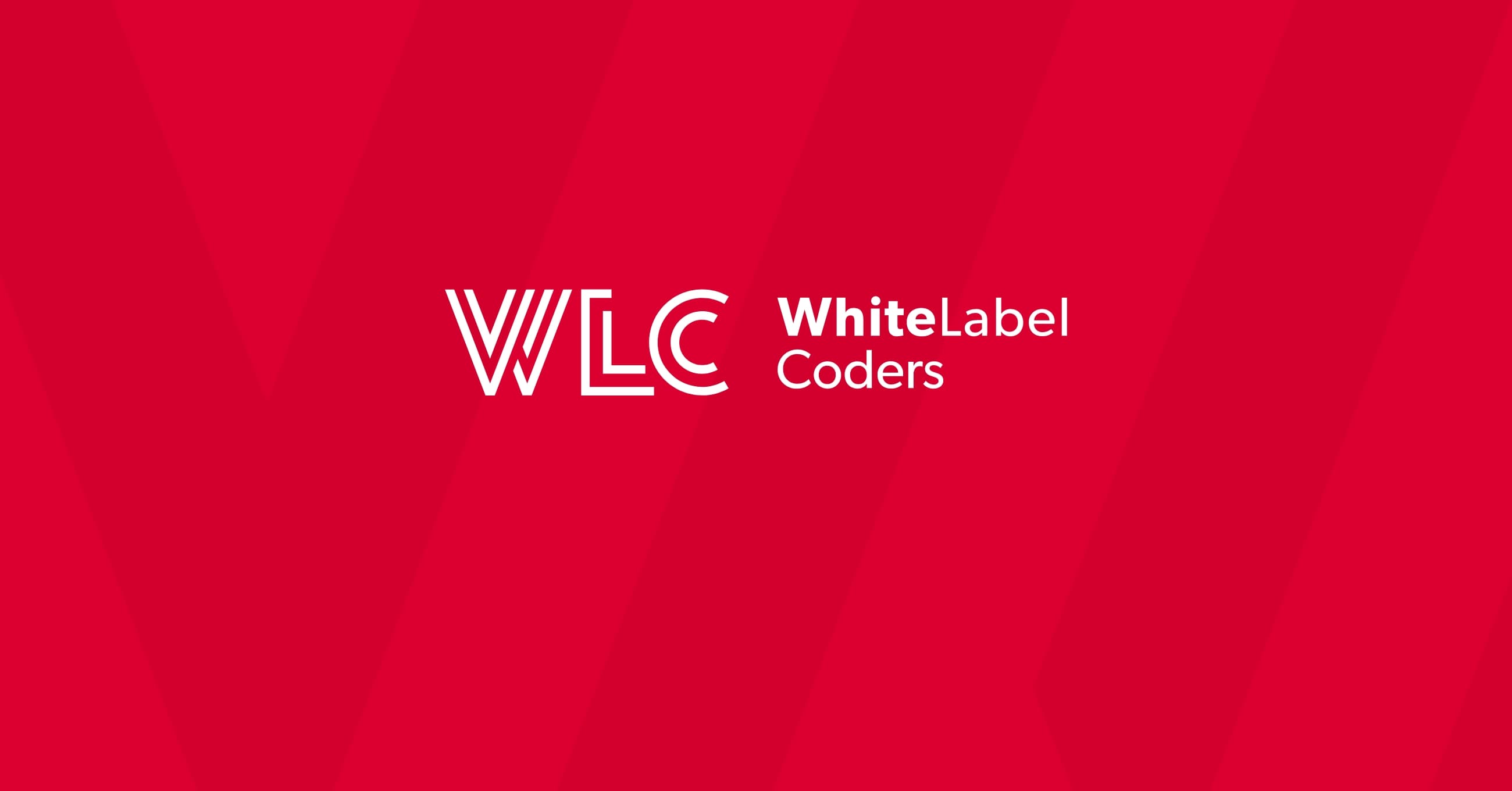Category: SEO AI
How do you build live betting features for sportsbooks?

Building live betting features for sportsbooks requires implementing real-time data processing, low-latency connections, and scalable server architecture to handle instant odds updates and bet processing. The development involves integrating live odds feeds, creating responsive user interfaces, and establishing robust risk management systems. These features enable in-play wagering where users can place bets during ongoing sporting events, requiring sophisticated technical infrastructure to manage rapid market changes and maintain platform stability.
What are live betting features and why do sportsbooks need them?
Live betting features allow users to place wagers on sporting events while they’re happening, with odds that change in real-time based on game developments. These real-time betting systems process thousands of odds updates per minute, enabling punters to react to goals, penalties, injuries, and momentum shifts during matches.
Modern sportsbooks require live betting functionality because it dramatically increases user engagement and revenue potential. When punters can bet throughout a 90-minute football match rather than just before kick-off, they spend more time on your platform and place additional wagers. This extended engagement translates directly into higher customer lifetime value.
The competitive advantages are substantial. Sportsbooks without live betting lose customers to operators who offer in-play wagering options. Users expect to capitalise on their sports knowledge as events unfold, whether backing a team to score next or predicting the final score after seeing early game dynamics.
Live betting also provides valuable data insights. You can track which events generate the most in-play activity, understand user behaviour patterns during different sports, and optimise your offerings accordingly. This intelligence helps refine your sportsbook development strategy and improve user retention.
What technical requirements are essential for live betting development?
Essential technical requirements include real-time data processing capabilities, sub-second latency connections, horizontally scalable server infrastructure, optimised database systems, and robust API integrations. Your platform must handle thousands of simultaneous odds updates whilst processing bet requests without delays or system crashes.
Real-time data processing forms the foundation of effective live betting. Your servers need sufficient processing power to receive, validate, and distribute odds updates from multiple sports simultaneously. This requires dedicated server resources that can scale automatically during peak events like Premier League matches or Champions League finals.
Low-latency connections are crucial for maintaining competitive odds. Even a few seconds’ delay can result in outdated prices that create liability issues or poor user experiences. Your infrastructure should maintain sub-500ms response times for odds updates and bet processing under normal load conditions.
Database optimisation becomes critical when handling millions of odds changes daily. Consider implementing Redis for caching frequently accessed data, whilst using PostgreSQL or MySQL for persistent storage. Your database architecture should support read replicas to distribute query loads effectively.
API integration requirements include connecting to multiple odds providers, payment processors, and sports data feeds. Your betting platform development should accommodate different API formats and implement failover mechanisms when primary data sources experience issues.
How do you integrate real-time odds feeds into a WordPress sportsbook?
Integrating real-time odds feeds into WordPress requires establishing WebSocket connections, implementing custom endpoints for data processing, synchronising odds across your database, and updating the frontend interface dynamically. This process connects third-party sports data providers with your WordPress platform through secure API connections.
Begin by selecting reliable odds providers that offer comprehensive sports coverage and consistent data quality. Popular providers include Betradar, SBTech, and Pinnacle Solutions. Each provider offers different API formats, so your integration approach will vary depending on their technical specifications.
Implement WebSocket connections using JavaScript libraries like Socket.io or native WebSocket APIs. These connections maintain persistent communication channels between your WordPress site and odds providers, enabling instant updates without constant HTTP requests. This approach significantly reduces server load whilst improving response times.
Create custom WordPress endpoints using the REST API framework to handle incoming odds data. These endpoints should validate incoming information, update your database records, and trigger frontend updates. Consider implementing queue systems using Redis or RabbitMQ to manage high-volume data processing during busy periods.
Synchronise odds data across your platform by updating relevant database tables and broadcasting changes to connected users. Your WordPress sportsbook should display updated odds immediately without requiring page refreshes. Implement proper error handling to manage connection failures or data inconsistencies.
Handle data synchronisation carefully to prevent displaying outdated odds. Implement timestamps on all odds updates and establish protocols for managing conflicting information from multiple data sources.
What’s the difference between pre-match and live betting architecture?
Pre-match betting architecture handles static odds that change infrequently, whilst live betting requires dynamic systems processing thousands of real-time updates. Live betting demands significantly higher server resources, more complex database structures, sophisticated caching strategies, and advanced user interface components to manage rapid odds fluctuations.
Performance requirements differ dramatically between these approaches. Pre-match betting can function effectively with standard web hosting and basic database configurations. Users typically spend time researching bets and don’t expect instant odds updates, allowing for simpler technical implementations.
Live betting architecture requires enterprise-level infrastructure with dedicated servers, content delivery networks, and redundant systems. Your platform must handle sudden traffic spikes when major sporting events occur, whilst maintaining consistent performance throughout extended betting sessions.
Data handling approaches vary significantly. Pre-match systems store relatively stable odds that update occasionally, usually when significant news affects teams or players. Live betting systems must process continuous data streams, validate rapid changes, and distribute updates to thousands of concurrent users simultaneously.
User interface considerations become more complex with live betting. Your live betting features need responsive designs that update automatically, display changing odds clearly, and allow quick bet placement before odds shift. This requires sophisticated JavaScript frameworks and optimised CSS for smooth user experiences.
The additional complexity factors include risk management systems that monitor exposure in real-time, automated trading algorithms that adjust odds based on betting patterns, and customer service tools that can resolve disputes about rapidly changing markets.
How do you handle real-time bet processing and risk management?
Real-time bet processing requires instant validation systems, automated risk assessment algorithms, dynamic liability management, intelligent bet acceptance protocols, and comprehensive safeguards against rapid market movements. These systems must process thousands of bet requests per minute whilst maintaining accurate risk exposure calculations.
Implement instant bet validation that checks user balances, verifies odds availability, and confirms bet details within milliseconds. Your validation system should reject bets on suspended markets, outdated odds, or when users exceed their betting limits. This prevents disputes and maintains platform integrity.
Automated risk assessment systems monitor your exposure across different outcomes and adjust bet acceptance accordingly. If too much money backs one particular result, your system should automatically reduce maximum stake limits or suspend betting on that market temporarily.
Liability management becomes crucial during live events when betting volumes spike suddenly. Your platform should track total exposure per event, calculate potential payouts for different scenarios, and implement automatic safeguards when liability exceeds predetermined thresholds.
Bet acceptance algorithms should consider factors like current odds, market liquidity, user betting history, and overall platform exposure. These algorithms can automatically accept small bets whilst flagging larger wagers for manual review by your trading team.
Technical safeguards protect against rapid market changes that could create significant losses. Implement circuit breakers that suspend betting when odds move beyond acceptable ranges, and establish protocols for voiding bets placed on obviously incorrect prices.
What performance optimisation strategies ensure smooth live betting?
Performance optimisation requires multi-layered caching systems, database query optimisation, content delivery network implementation, auto-scaling server configurations, and comprehensive monitoring tools. These strategies maintain platform stability during high-traffic events whilst delivering consistent user experiences across different devices and locations.
Implement Redis caching for frequently accessed data like popular odds, user sessions, and market information. Cache odds data with appropriate expiry times to balance performance with accuracy. Your caching strategy should prioritise the most popular markets whilst ensuring less common events remain accessible.
Database optimisation involves creating proper indexes on frequently queried columns, partitioning large tables by date or sport, and implementing read replicas to distribute query loads. Consider using database connection pooling to manage concurrent connections efficiently during peak periods.
Content delivery networks distribute your static assets globally, reducing load times for users regardless of their geographic location. CDNs also help manage traffic spikes by serving cached content from edge servers closest to your users.
Server scaling approaches should include horizontal scaling capabilities that automatically add server resources during high-demand periods. Your sportsbook software architecture should support load balancing across multiple servers to prevent single points of failure.
Monitoring systems track key performance indicators like response times, error rates, server resource usage, and user experience metrics. Implement alerting systems that notify your technical team when performance degrades below acceptable thresholds, enabling proactive issue resolution before users experience problems.
Building robust live odds integration systems requires careful planning, substantial technical resources, and ongoing optimisation. The complexity increases significantly compared to traditional pre-match betting, but the user engagement and revenue benefits justify the investment for serious sportsbook operators.

